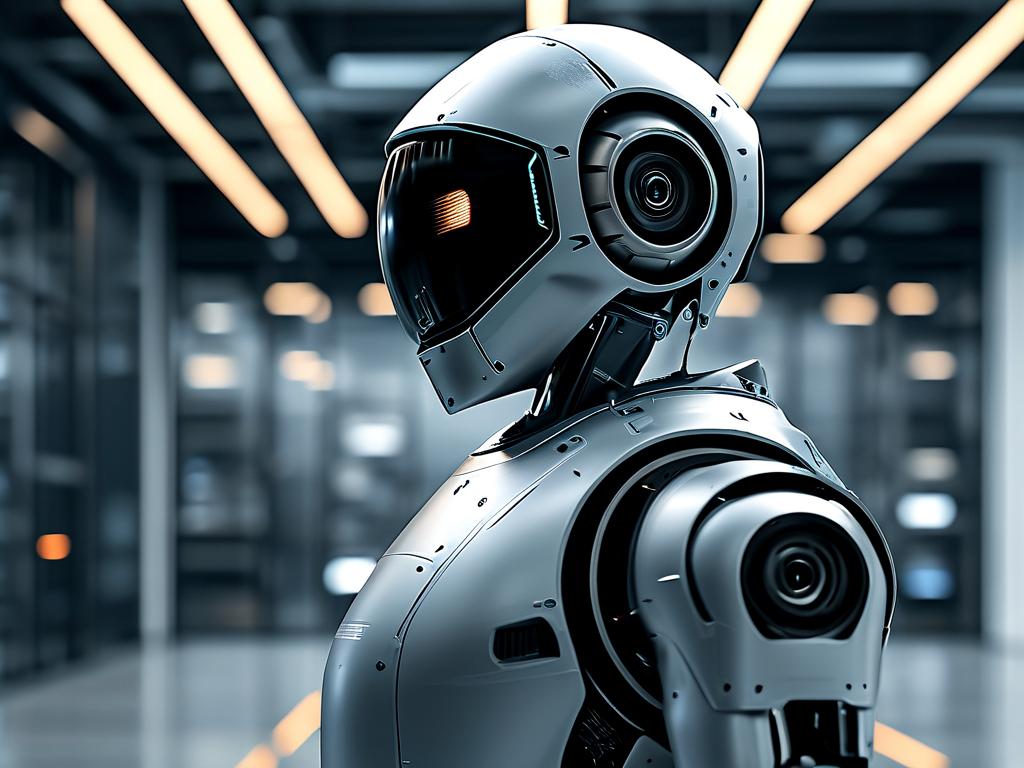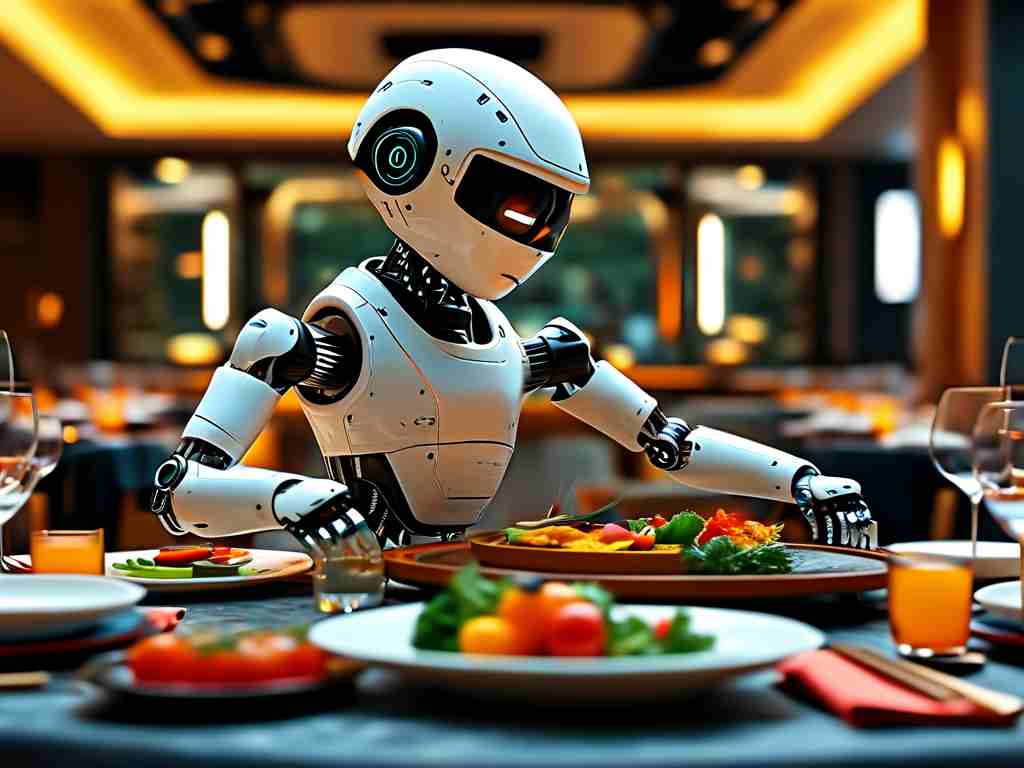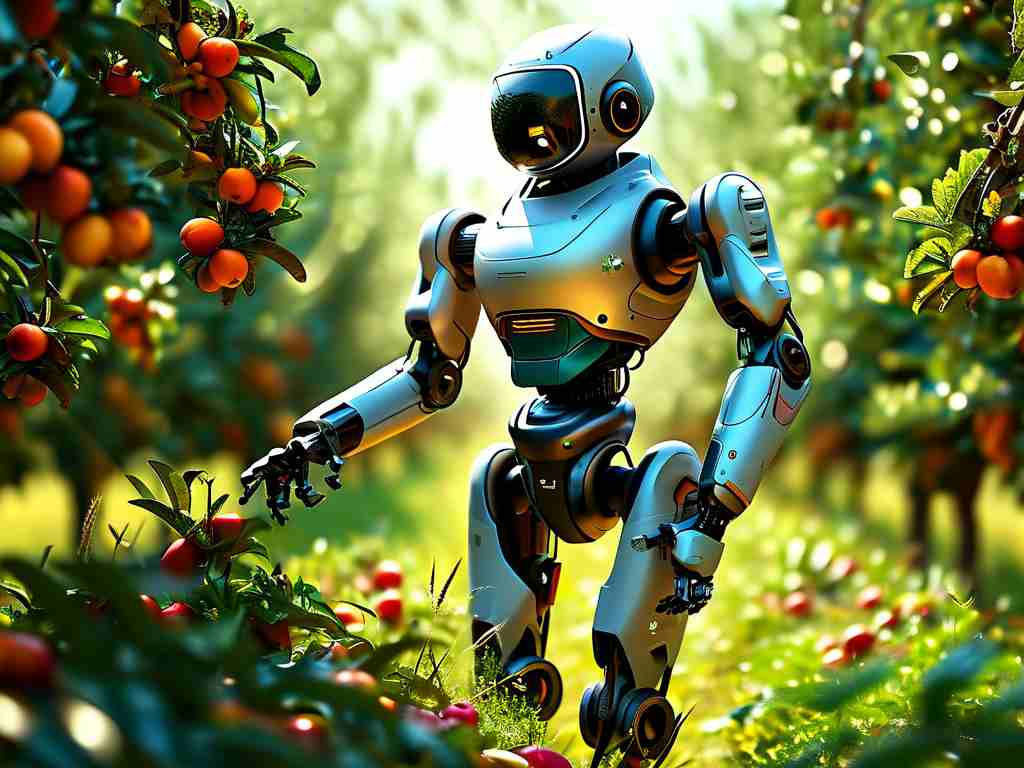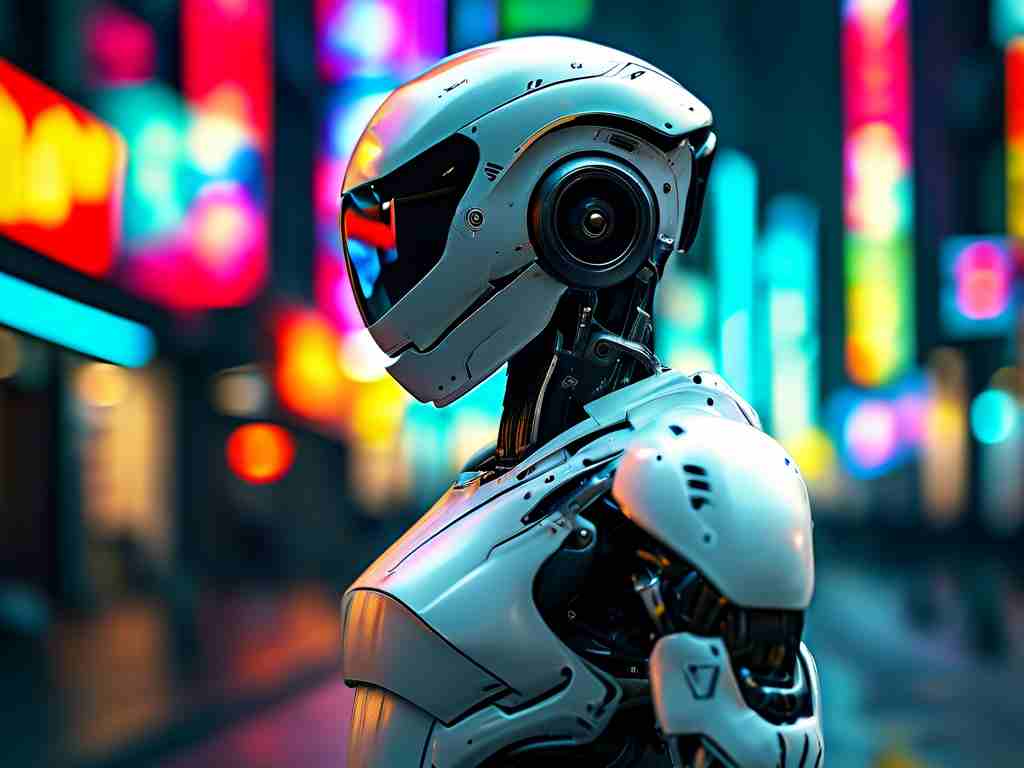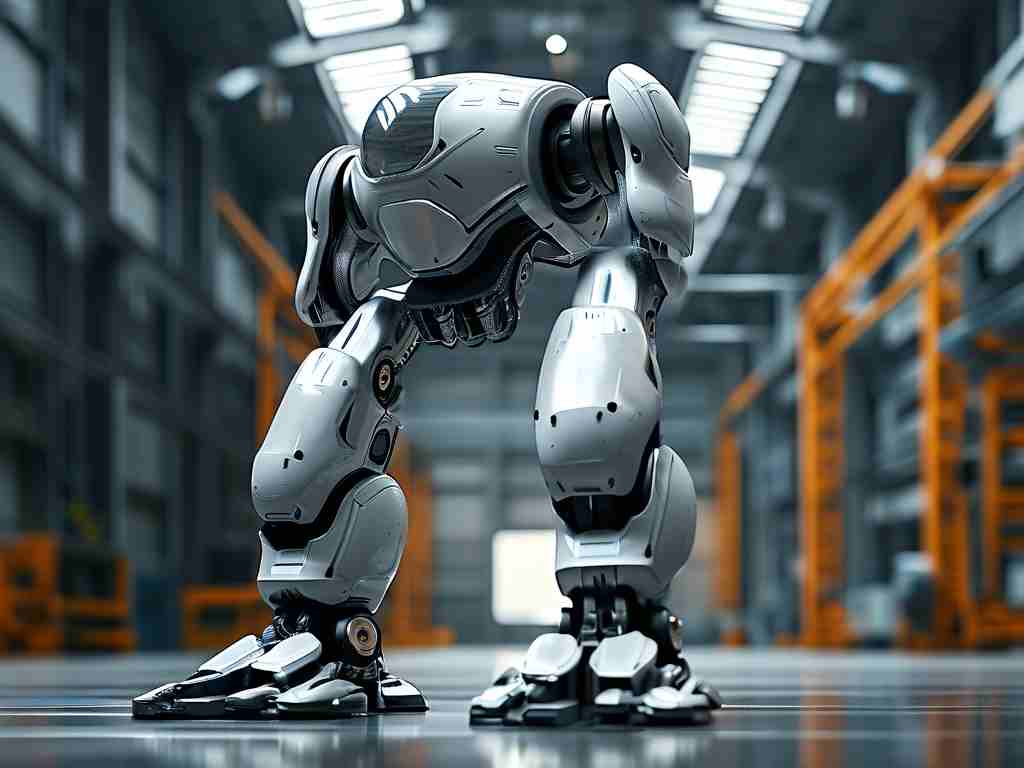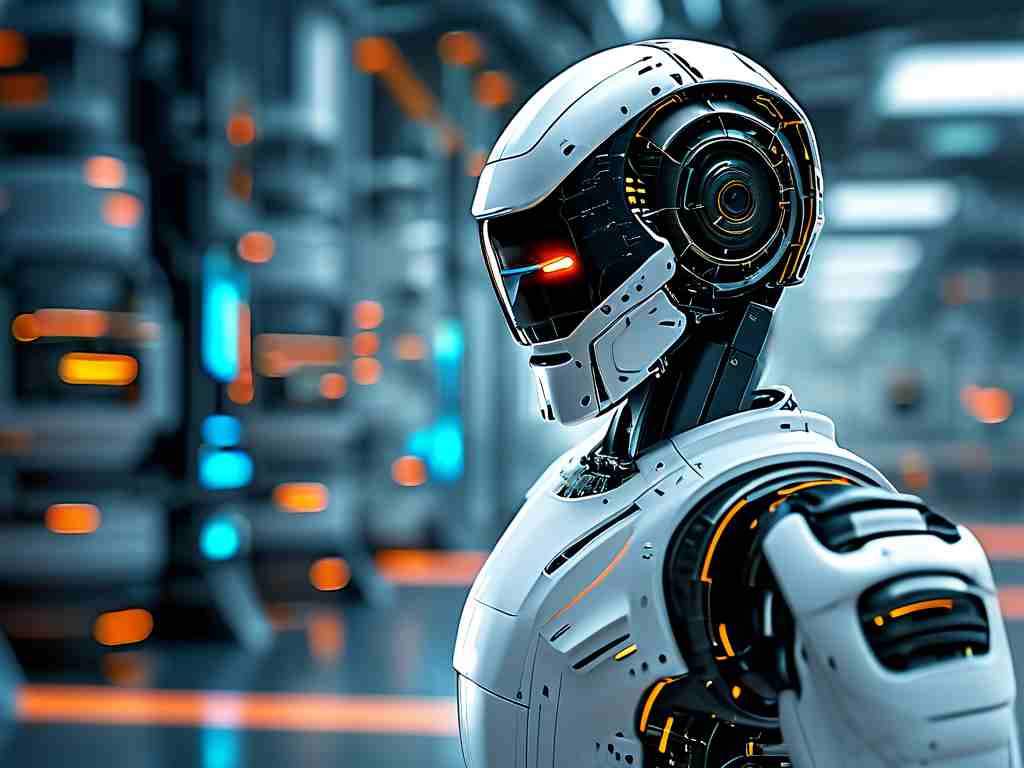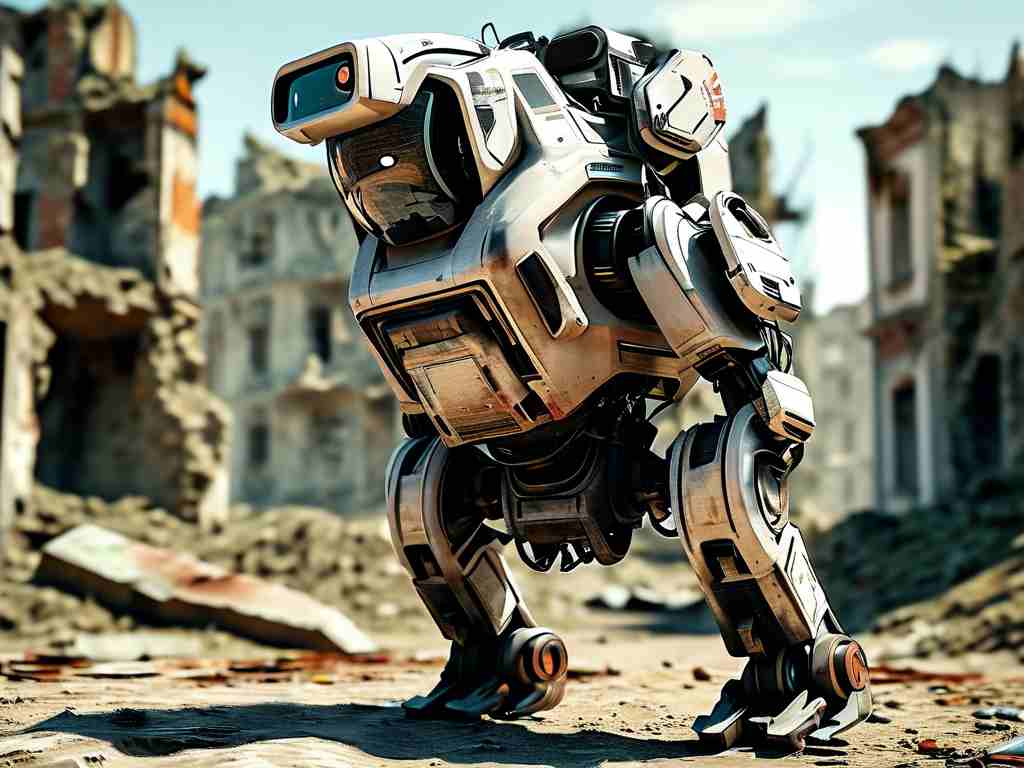Humanoid robots represent a cutting-edge fusion of mechanical engineering and artificial intelligence designed to emulate human form and function. These machines are rapidly evolving beyond simple automation into sophisticated entities capable of navigating complex real-world scenarios. Their development hinges on several core technological characteristics that distinguish them from traditional robots enabling seamless integration into human-centric environments like homes hospitals and workplaces.
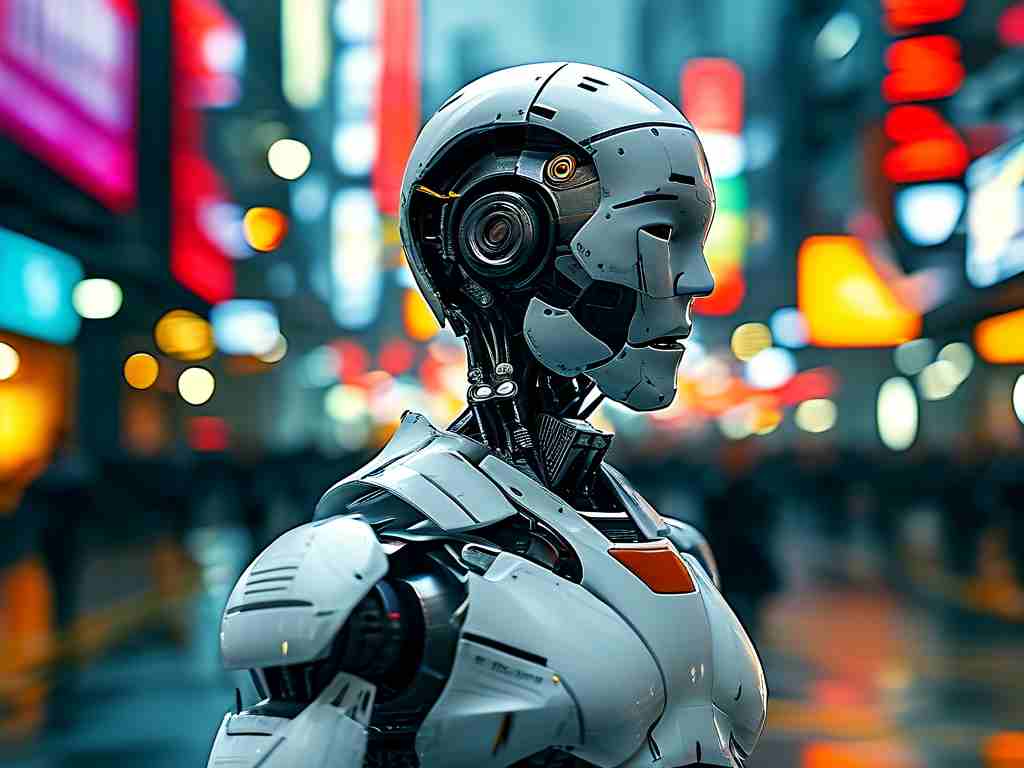
One pivotal aspect involves advanced sensing and perception systems which allow humanoid robots to interpret and respond to their surroundings with remarkable accuracy. Equipped with high-resolution cameras infrared sensors and microphones these robots detect visual auditory and tactile inputs mimicking human sensory capabilities. For instance depth-sensing cameras paired with LiDAR technology enable precise spatial mapping while microphones capture voice commands for real-time processing. This sensory network feeds into onboard processors that analyze data streams identifying obstacles emotions or specific objects. Such features empower robots like Boston Dynamics Atlas to traverse uneven terrain autonomously avoiding hazards in disaster zones or assisting in search-and-rescue missions. Without robust perception humanoids would struggle to adapt to dynamic settings highlighting why ongoing innovations in sensor miniaturization and AI-driven interpretation are critical for enhancing reliability and safety in unpredictable situations.
Another defining characteristic is the sophisticated locomotion and balance control mechanisms that grant humanoid robots fluid human-like movement. Unlike wheeled robots humanoids rely on articulated joints actuators and gyroscopic stabilizers to walk run or climb replicating bipedal motion. Advanced algorithms govern these movements using feedback from inertial measurement units to maintain equilibrium even on slippery surfaces. For example Honda ASIMO demonstrated early breakthroughs with predictive control systems that anticipate shifts in weight preventing falls during rapid directional changes. This technology not only supports basic mobility but also enables nuanced actions like grasping objects or ascending stairs making humanoids invaluable in caregiving roles where they lift patients or navigate cluttered spaces. Continuous improvements in motor efficiency and adaptive learning models ensure smoother gaits reducing energy consumption while expanding operational endurance in demanding applications.
Artificial intelligence integration stands as a cornerstone of humanoid robot technology enabling cognitive functions such as learning decision-making and problem-solving. Through machine learning frameworks these robots process vast datasets to refine behaviors over time adapting to new tasks without explicit reprogramming. Neural networks facilitate natural language understanding allowing interactions where robots comprehend context answer questions or even engage in empathetic dialogues. In healthcare settings robots like SoftBank Pepper use AI to monitor patient vitals detect anomalies and provide companionship learning from each interaction to personalize responses. This cognitive layer transforms humanoids from mere tools into collaborative partners capable of autonomous operations in unpredictable scenarios. However challenges persist in ensuring AI ethics and transparency to prevent biases making this area a focal point for research into explainable AI that builds trust in human-robot collaborations.
Human interaction capabilities form another essential trait as humanoid robots are engineered to communicate and cooperate effectively with people. Features like facial recognition emotion detection and gesture interpretation create intuitive interfaces that foster natural engagement. Voice synthesis systems paired with speech recognition algorithms enable fluid conversations while expressive LED faces or subtle movements convey emotions enhancing relatability. Consider social robots in education such as Nao which use these traits to tutor children adapting lessons based on emotional cues to maintain engagement. This human-centric design extends to collaborative tasks where robots assist in manufacturing by interpreting hand signals or in retail by guiding customers. As humanoids become more prevalent advancements in affective computing aim to deepen emotional intelligence ensuring interactions feel authentic and supportive rather than mechanical.
Power and energy management systems are crucial for sustaining humanoid robot operations particularly as they strive for greater autonomy. Efficient battery technologies such as lithium-ion packs coupled with regenerative braking in joints maximize uptime while minimizing recharge intervals. Energy-aware algorithms optimize power distribution shutting down non-essential functions during idle periods to extend mission durations. For instance in field applications robots employ solar charging or wireless power transfer to operate remotely for hours as seen in prototypes for agricultural monitoring. Innovations in lightweight materials and low-power processors further enhance efficiency addressing one of the biggest hurdles in deployment. Looking ahead the convergence of these characteristics promises revolutionary applications from elder care companions to space exploration heralding an era where humanoids augment human capabilities responsibly and ethically.


